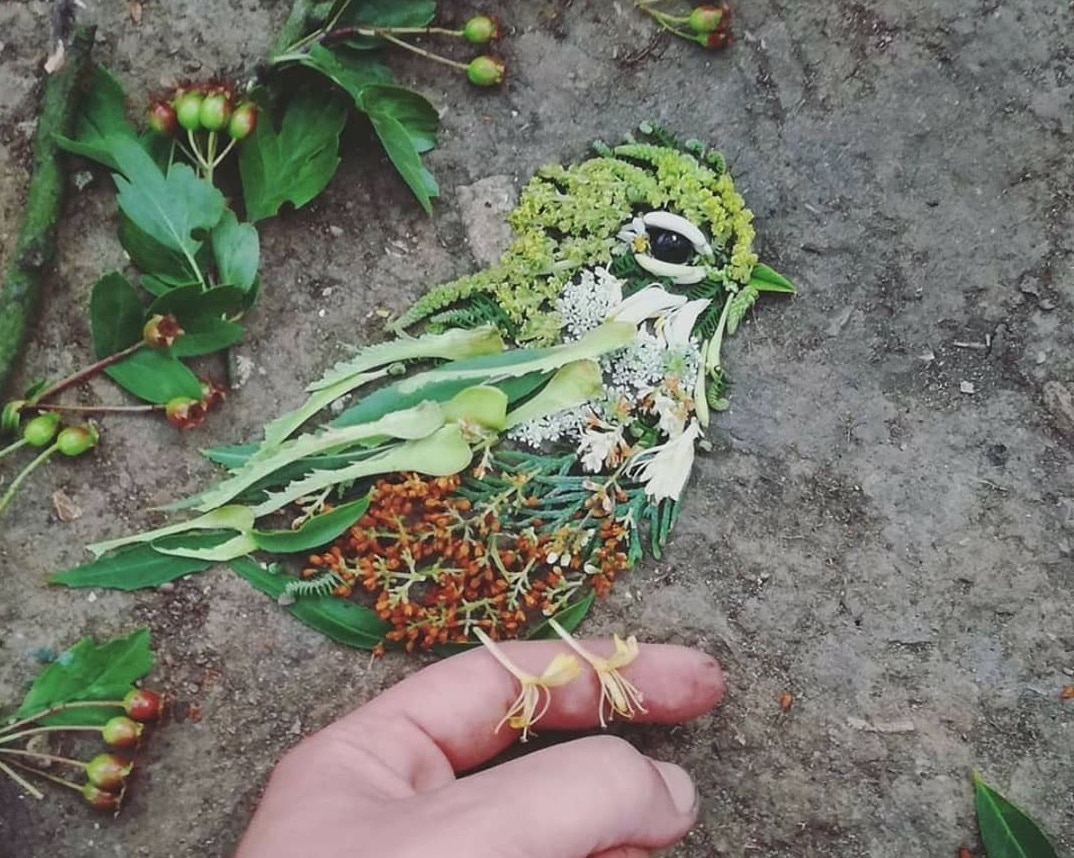
Photo above by Hannah Bullen-Ryner Art
Art is a harmony parallel with nature.—Paul Cezanne
Ever since humans started to create art, nature has been our muse. We are inspired by nature, moved to emotion by it, and have attempted to capture its essence in our own works. It's only natural that children are also moved by nature to create art.
Creating art inspired by nature helps children express themselves, tune into the natural world, and also to express their own appreciation of nature. Nature art can also enhance nature connection in a child, as one recent study found.
As beautiful as a wall montage of your child's landscapes, bird portraits and flower close-ups can be, an accessible, expressive, beautiful and completely non-messy form of art to do with your child is ephemeral art. One wonderful bonus of ephemeral art: no clean up is required!
Ephemeral art is a work of art that only lasts for a short amount of time, perhaps occurs once, and cannot be embodied in any lasting object. It can be a sculpture, performance art or a temporary design such as a mandala.
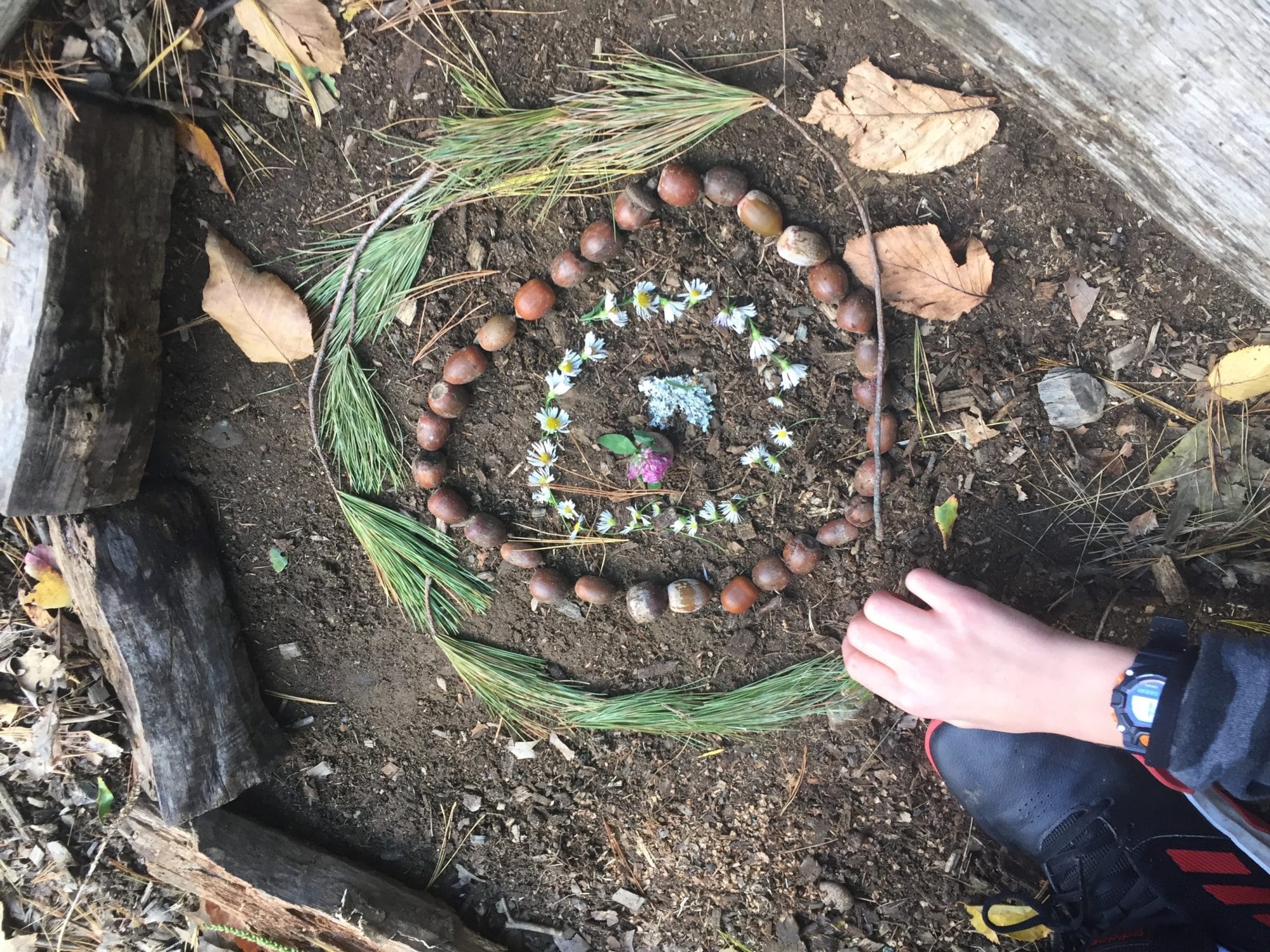
The beauty of ephemeral nature art is that it can teach your child that not everything we value has to be material. Not everything we create has to be taken home or even returned to. The process of making art is fulfilling enough to be the focus at times. Creating ephemeral art teaches kids about the impermanence of life and nature, as the most beautiful things such as a winterscape or a sunset aren’t permanent. More than an image seen with our eyes, ephemeral artwork is an actual moment in time.
How can your child experiment with ephemeral art? Easily. Just let their creativity flow when they get outside. With ephemeral nature art, the only limit is the imagination. There are no rules and no tools required. So you can leave the artists' supplies behind. Nature will supply all you need.
Before you head out, introduce your child to works from other ephemeral artists such as British artist and sculptor Andy Goldsworthy. Goldsworthy works with whatever comes to hand: twigs, leaves, stones, snow and ice, reeds, and thorns.
"I enjoy the freedom of just using my hands and "found" tools--a sharp stone, the quill of a feather, thorns. I take the opportunities each day offers: if it is snowing, I work with snow, at leaf-fall it will be with leaves; a blown-over tree becomes a source of twigs and branches. I stop at a place or pick up a material because I feel that there is something to be discovered. Here is where I can learn."—Andy Goldsworthy
To create one of his site-specific works, Goldsworthy must first tune into the environment mentally, physically, and emotionally. He listens, he observes, and then when he seems to be drawn to the way the materials express themselves he creates. He takes these very materials and reweaves them back into the environment in a deliberate manner then lets the effects of the natural conditions take over.
“Nature for me isn't the bit that stops in the national parks. It's in a city, in a gallery, in a building. It's everywhere we are.” — Andy Goldsworthy.
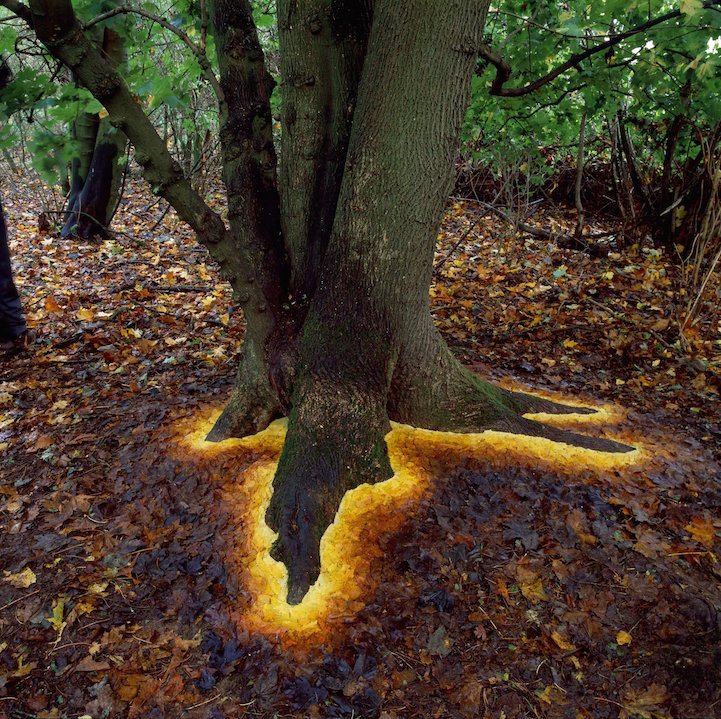
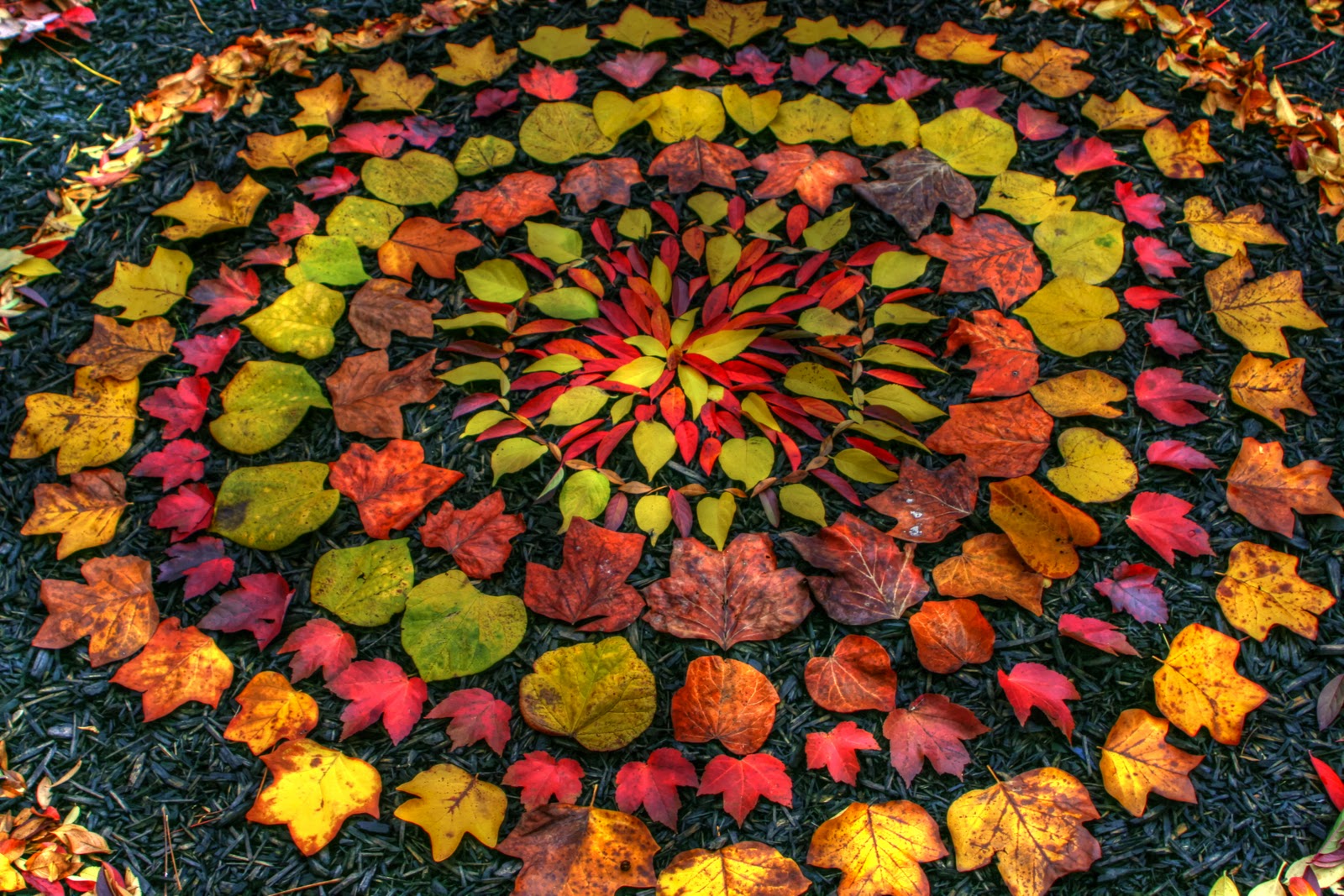
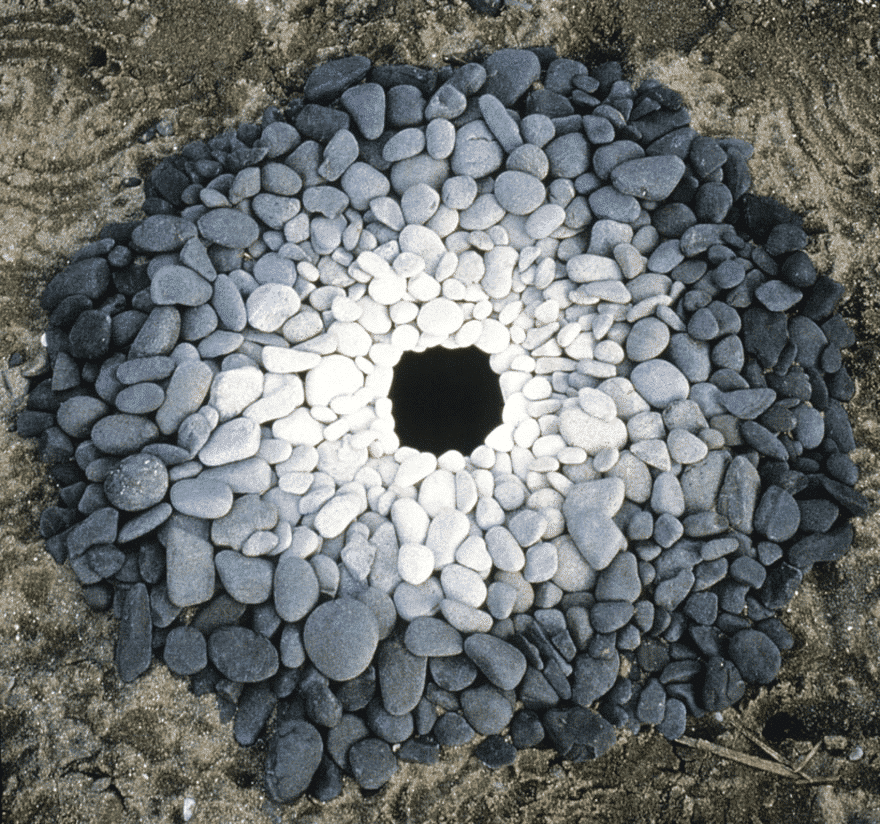
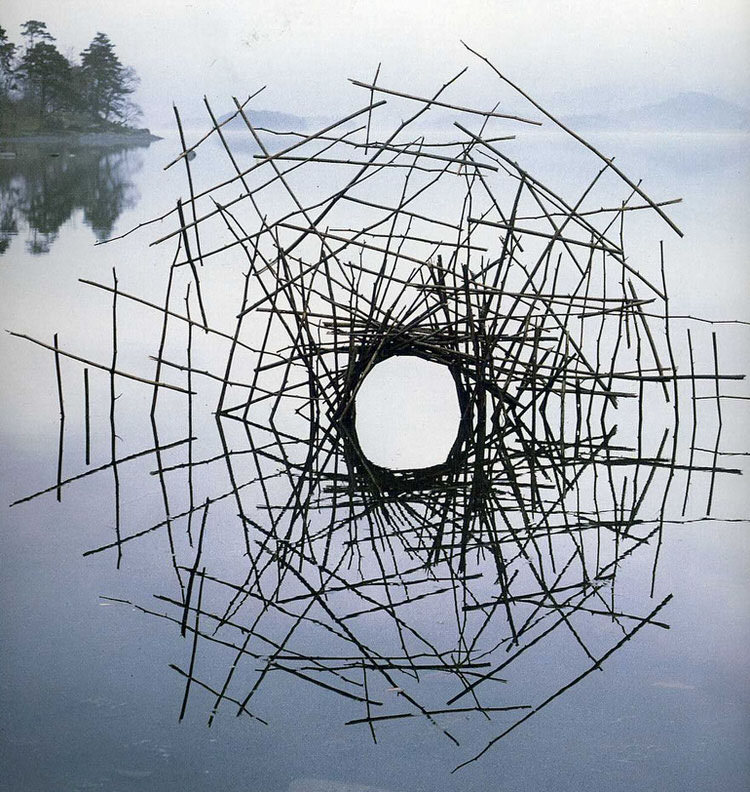
Along with Andy Goldsworthy, Richard Shilling is a land artist who is redefining our definition of art with his ephemeral nature works. Shilling focuses on art that can't be owned or bought. Using natural materials found in the area where he's creating, Shilling's works draw out the details of nature that we may overlook, enhancing the beauty of nature. And it is simply mesmerizing watching Shilling create. See for yourself in this video.
Another very cool artist to introduce your child to is Zach Pine. Pine discovered a technique for making near-perfect spheres from just sand and water in 2000 and has used sand globe making as an avenue to connect people with each other and with coastal areas. Check out these perfect spheres!
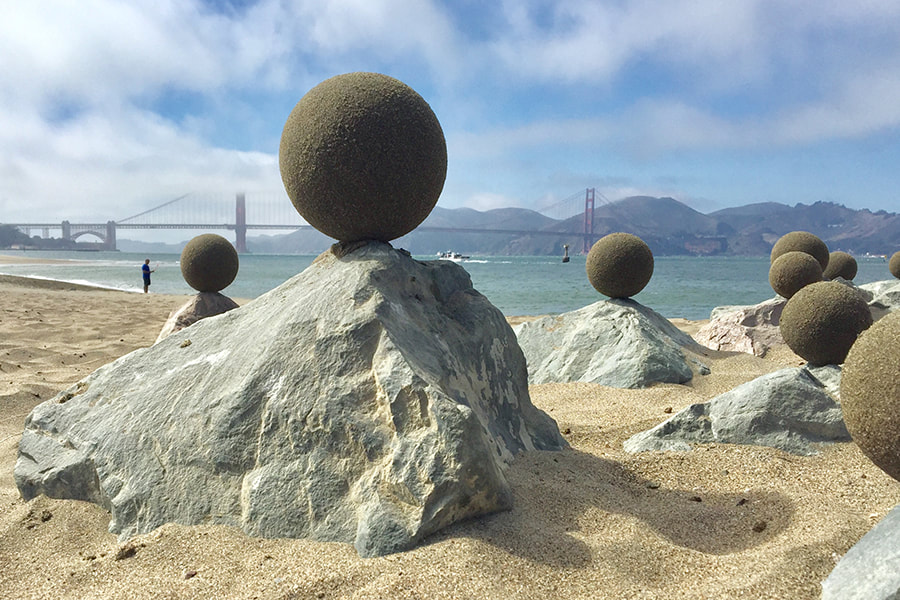
- Photo credit: Zach Pine
Exploring balance in nature as Pine does with sand spheres can be practiced by your child when making a balancing rock sculpture. Rock balancing, also known as stone stacking, stone building, and stone balancing, is when you balance or stack rocks on top of each other without any outside support. Rock sculptures can be as simple or complex as the artist desires. And some look like pure magic. Show your child this video and watch how this artist tests the laws of physics when creating his sculpture.
This simple and expressive form of art predates the bible and can be found all over the world. One of the ancient known uses for these rock piles was to measure the sun for solstice and equinox celebrations. Creating a stone sculpture is an excellent way for a child to relax, create, play, and learn.
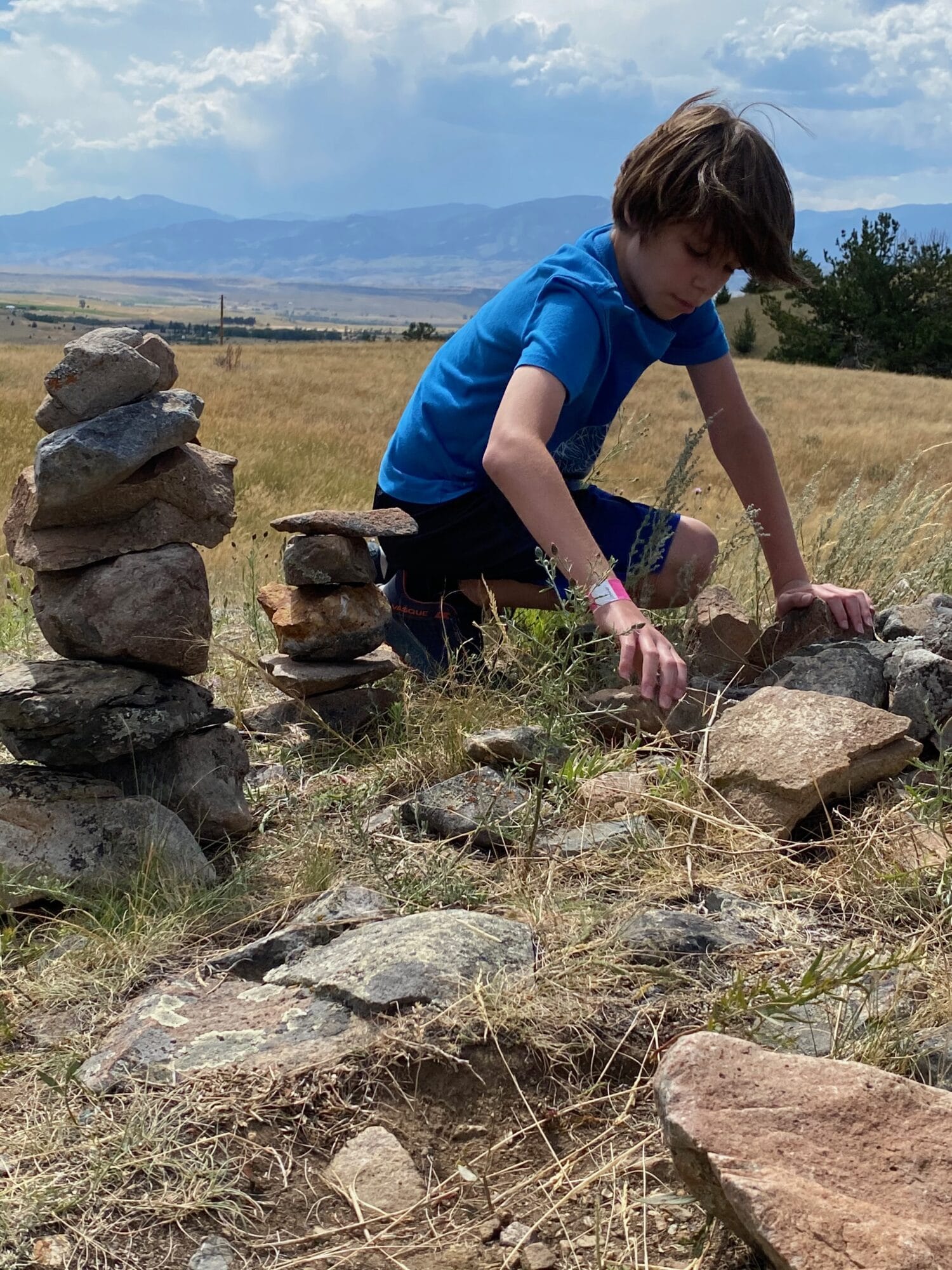
After being inspired by the many possible forms of ephemeral nature art, head outside with your child and see what strikes up his or her fancy. Perhaps a balancing rock sculpture, or a portrait of a bird made from found objects in nature? Have a look at some of the creative ideas below designed by children of all ages and go create (ephemeral) art together!


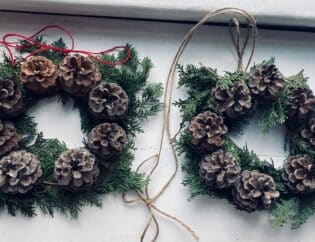

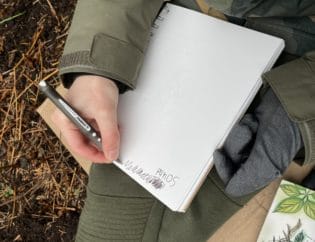
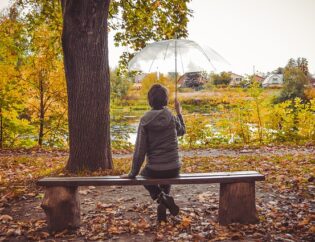
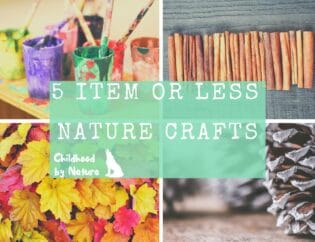
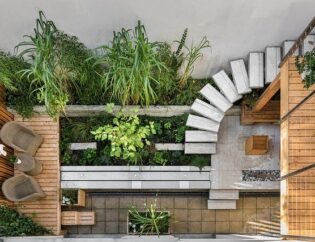
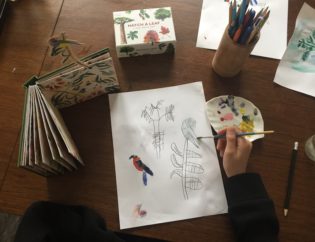

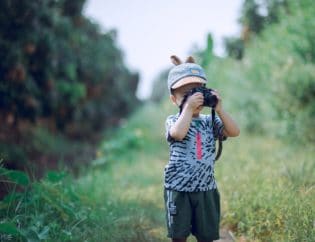
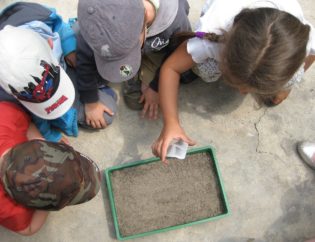
Really enjoyed reading this. Thanks for the recommendation of Zach Pine too. Really inspirational.
Thank you for your kind words Lisa. So glad you enjoyed the piece and hope you have inspiring adventures with ephemeral nature art!
I like how you said that rock sculptures can be simple or complex depending on what the artist desires. My daughter is getting married in a couple of months. She loves rabbits so I think it would be nice to get a complex, life-like, stone sculpture of one.
A creative idea. Best of luck and congratulations!